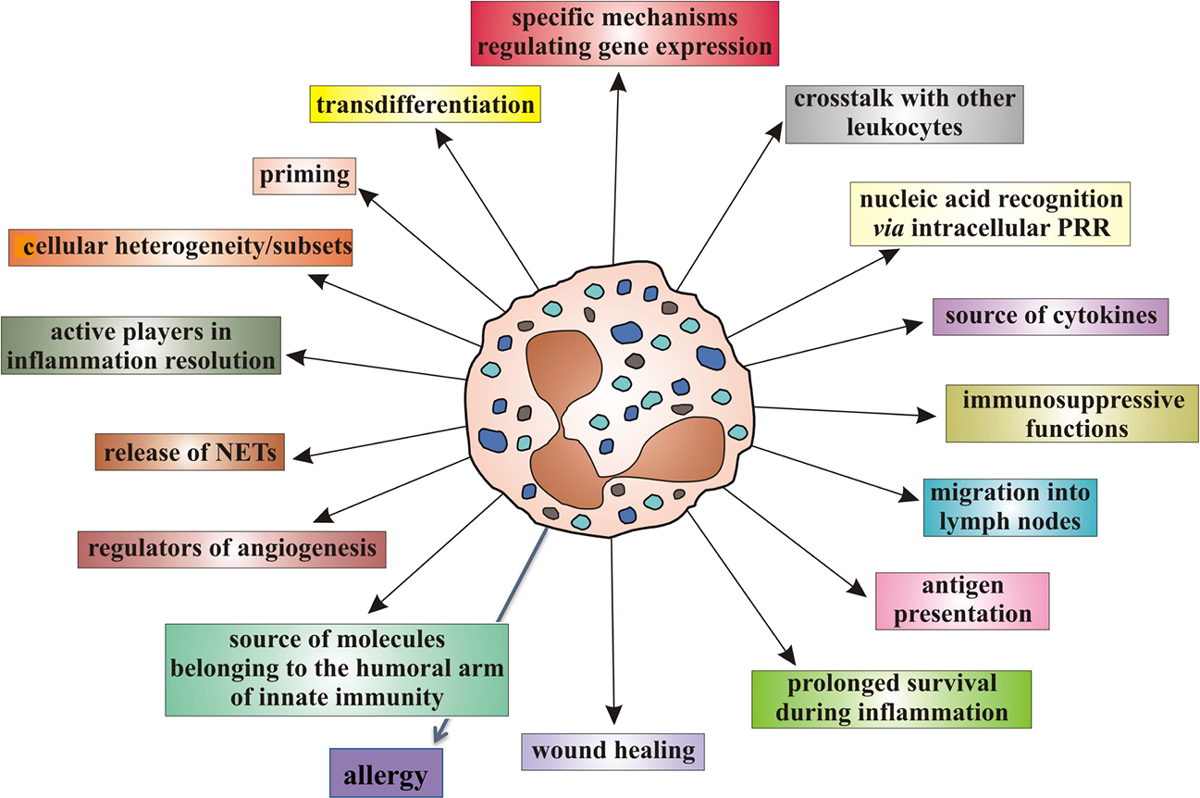Choice: It Really Does Matter!
SOURCE: Spine (Phila Pa 1976). 2012 Dec 12. [Epub ahead of print]
Keeney, Benjamin J. PhD; Fulton-Kehoe, Deborah PhD, MPH; Turner, Judith A. PhD; Wickizer, Thomas M. PhD; Chan, Kwun Chuen Gary PhD; Franklin, Gary M. MD, MPH
Department of Orthopaedics, Geisel School of Medicine at Dartmouth College, Lebanon, NH 03756, USA. Benjamin.J.Keeney@Dartmouth.edu
This review, by scientists at the Department of Orthopaedics at the Geisel School of Medicine, clearly suggests that the first doctor you choose to see will have a profound effect on whether you end up having spinal surgery.
Just look at these stats:
42.7% of workers who first saw a surgeon ended in surgery, as opposed to only
1.5% of those who (first) saw a chiropractor.
The authors conclude: “There was a very strong association between surgery and first provider seen for the injury, even after adjustment for other important variables.”
The Abstract:
Study Design Prospective population-based cohort study
Objective To identify early predictors of lumbar spine surgery within 3 years after occupational back injury
Summary of Background Data Back injuries are the most prevalent occupational injury in the United States. Few prospective studies have examined early predictors of spine surgery after work-related back injury.
Methods Using Disability Risk Identification Study Cohort (D-RISC) data, we examined the early predictors of lumbar spine surgery within 3 years among Washington State workers with new worker’s compensation temporary total disability claims for back injuries. Baseline measures included worker-reported measures obtained approximately 3 weeks after claim submission. We used medical bill data to determine whether participants underwent surgery, covered by the claim, within 3 years. Baseline predictors (P < 0.10) of surgery in bivariate analyses were included in a multivariate logistic regression model predicting lumbar spine surgery. The model’s area under the receiver operating characteristic curve (AUC) was used to determine the model’s ability to identify correctly workers who underwent surgery.
Results In the D-RISC sample of 1,885 workers, 174 (9.2%) had a lumbar spine surgery within 3 years. Baseline variables associated with surgery (P < 0.05) in the multivariate model included higher Roland Disability Questionnaire scores, greater injury severity, and surgeon as first provider seen for the injury. Reduced odds of surgery were observed for those under age 35, women, Hispanics, and those whose first provider was a chiropractor. 42.7% of workers who first saw a surgeon had surgery, in contrast to only 1.5% of those who saw a chiropractor. The multivariate model’s AUC was 0.93 (95% CI 0.92-0.95), indicating excellent ability to discriminate between workers who would versus would not have surgery.
Conclusion Baseline variables in multiple domains predicted lumbar spine surgery. There was a very strong association between surgery and first provider seen for the injury, even after adjustment for other important variables.





Leave A Comment